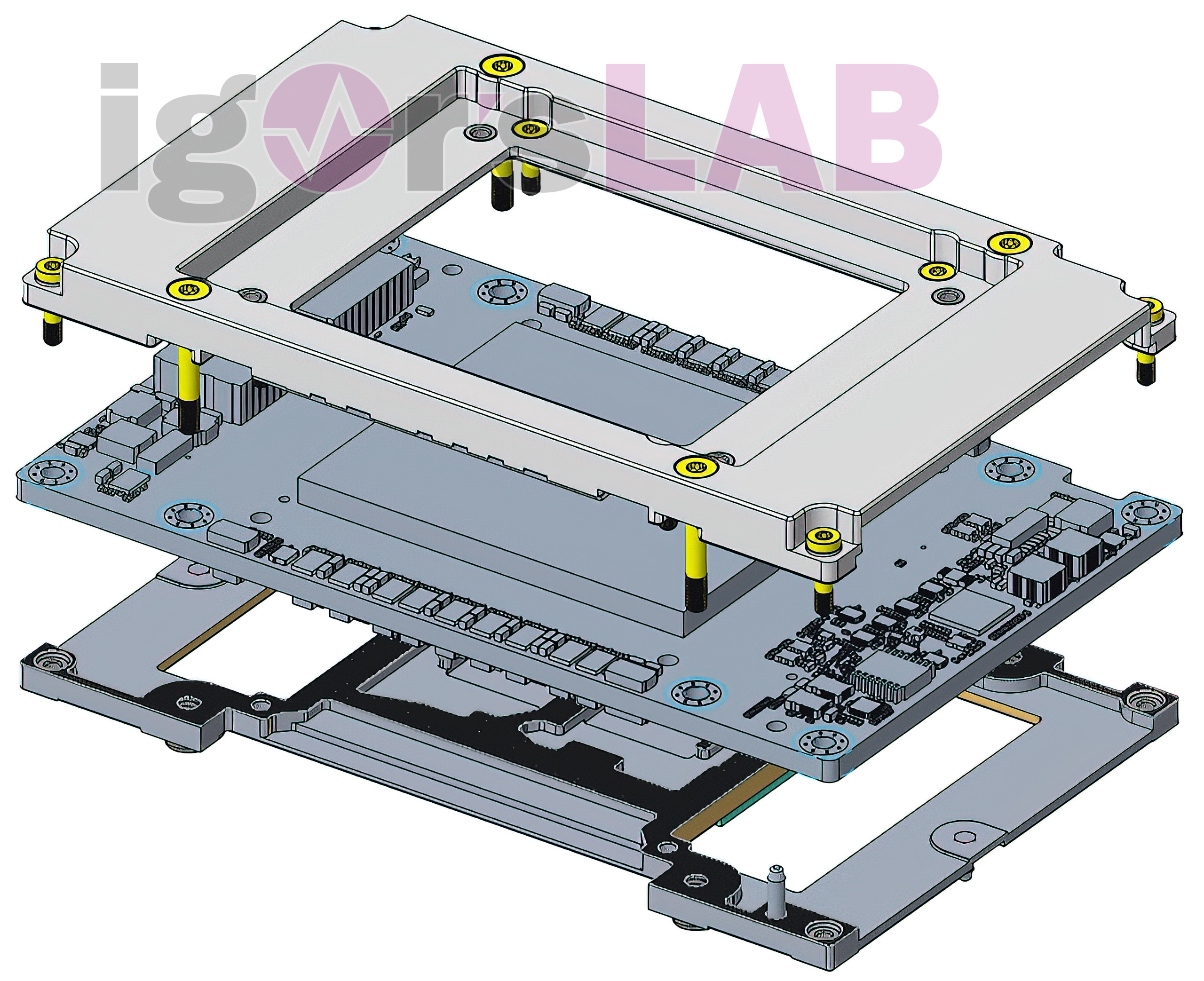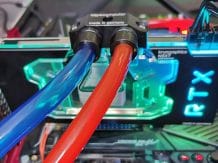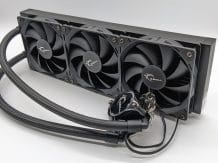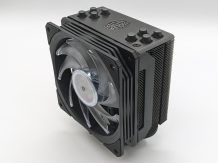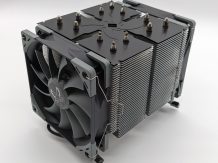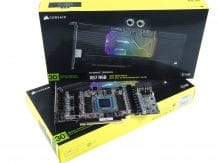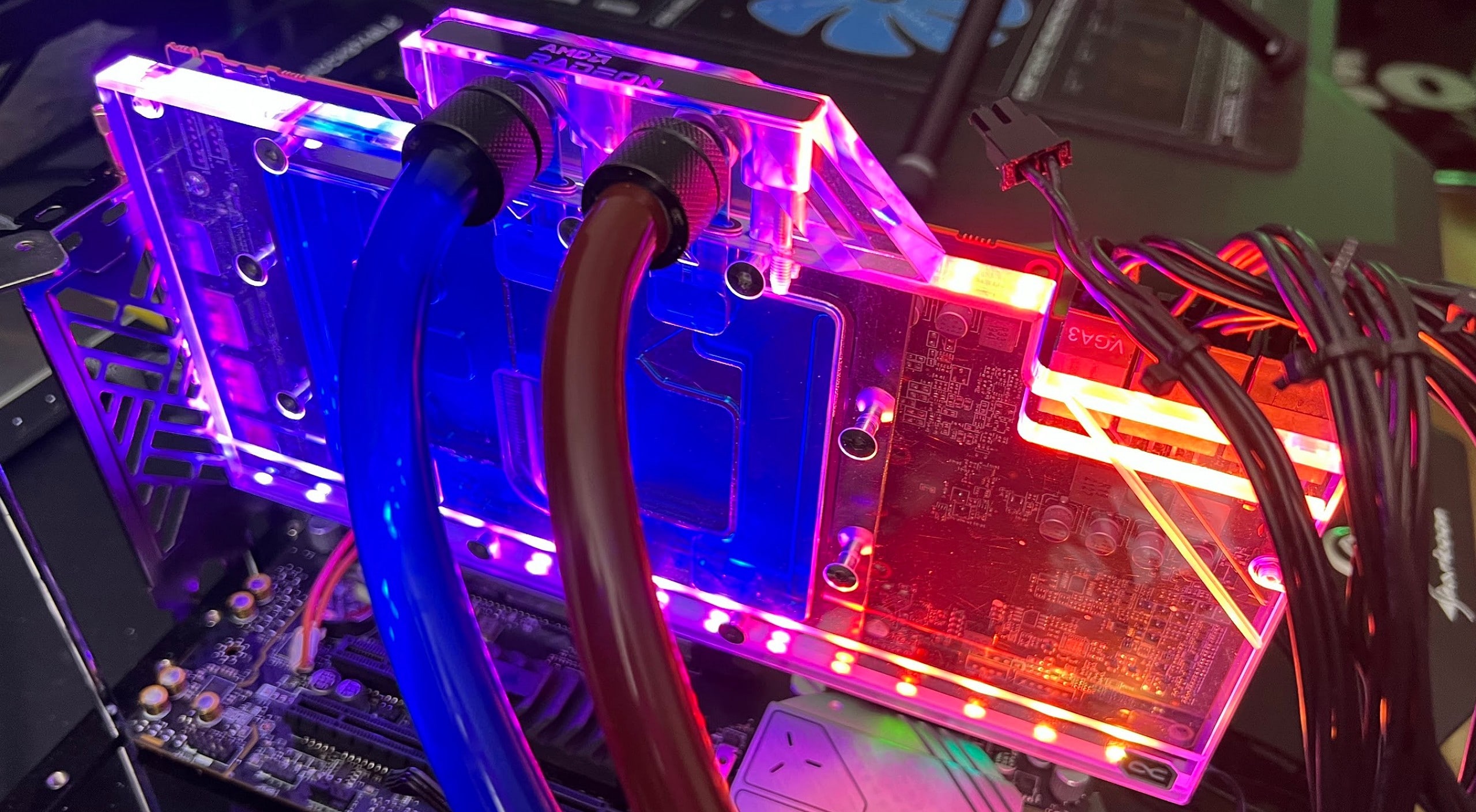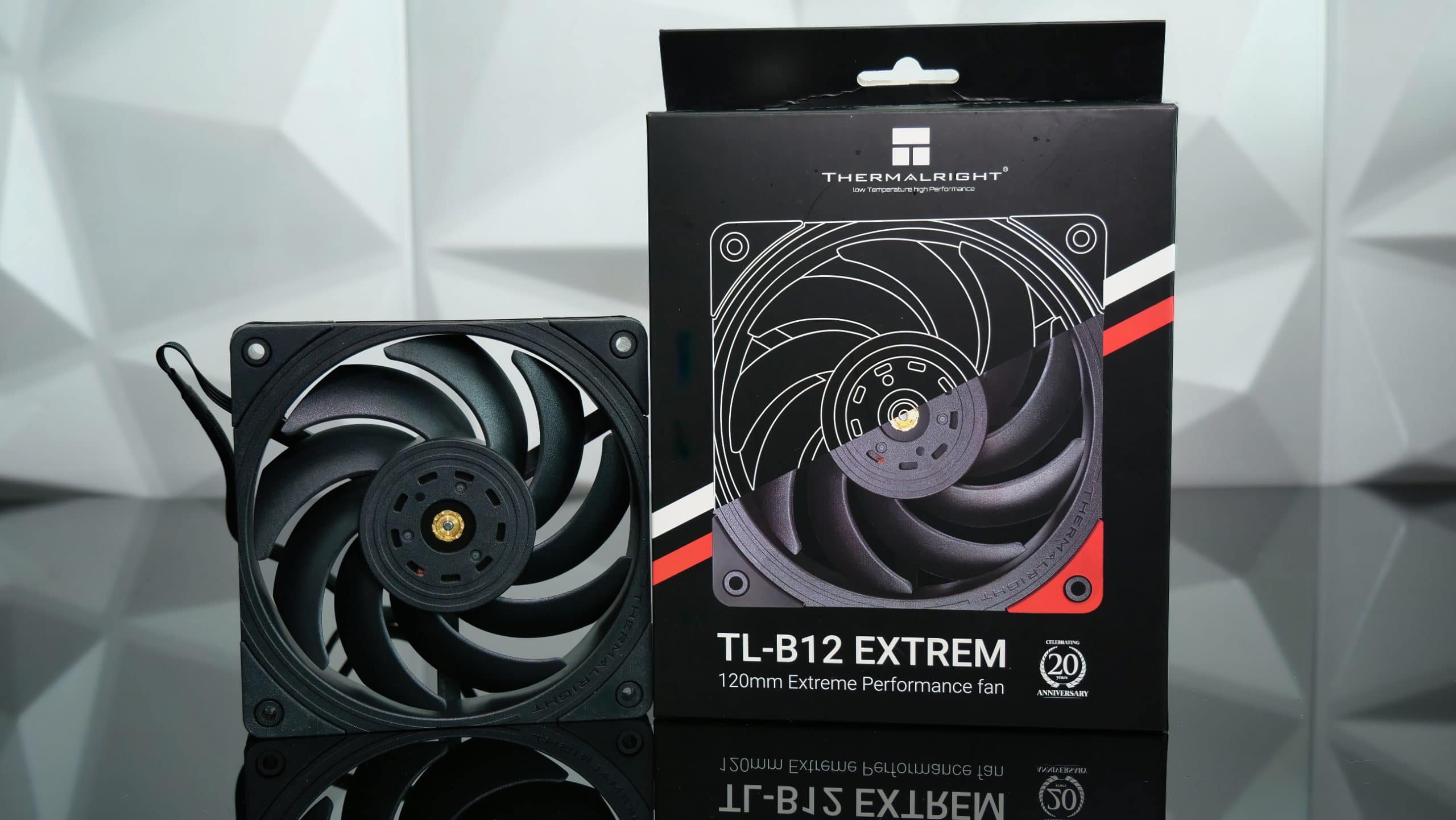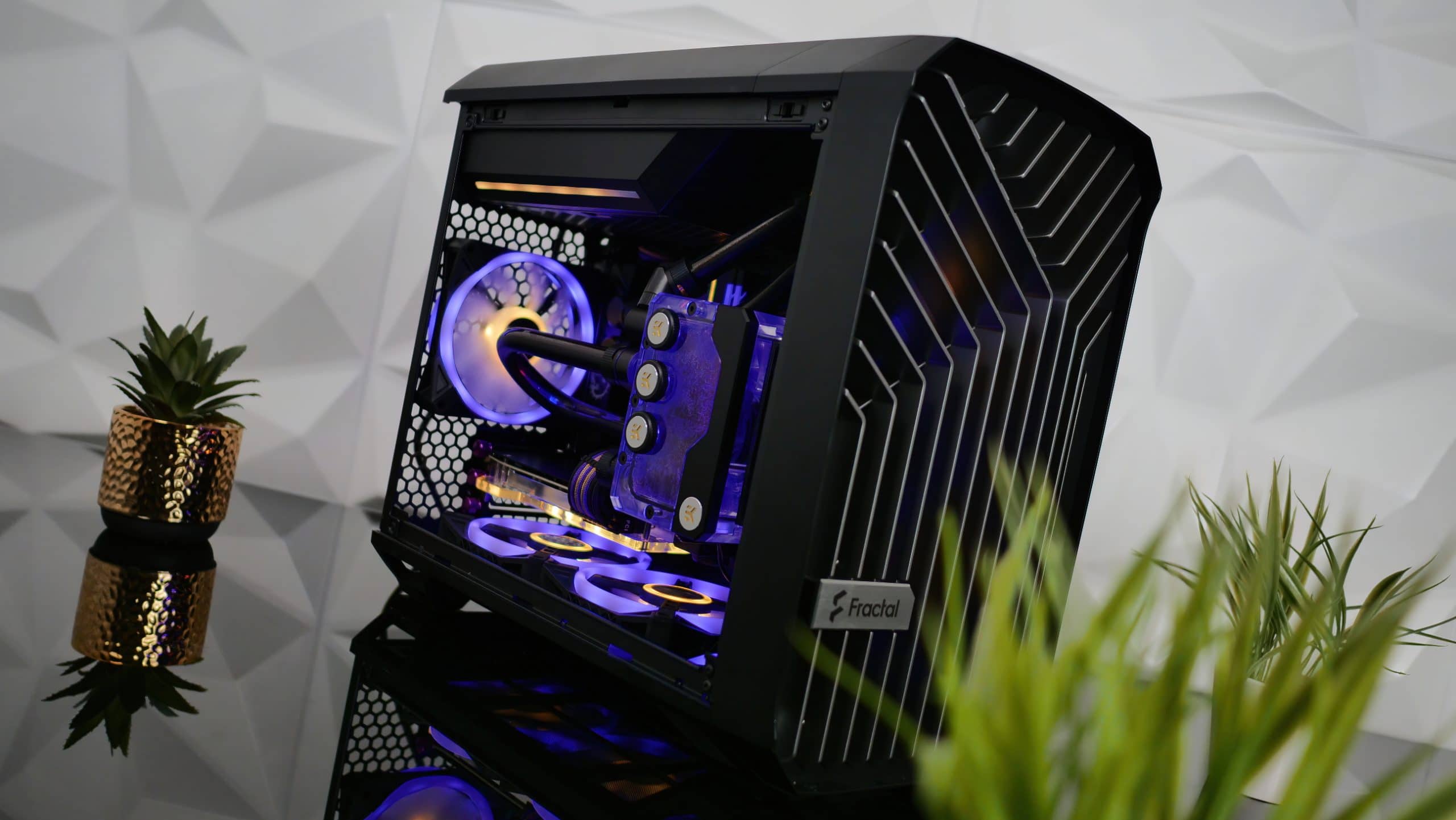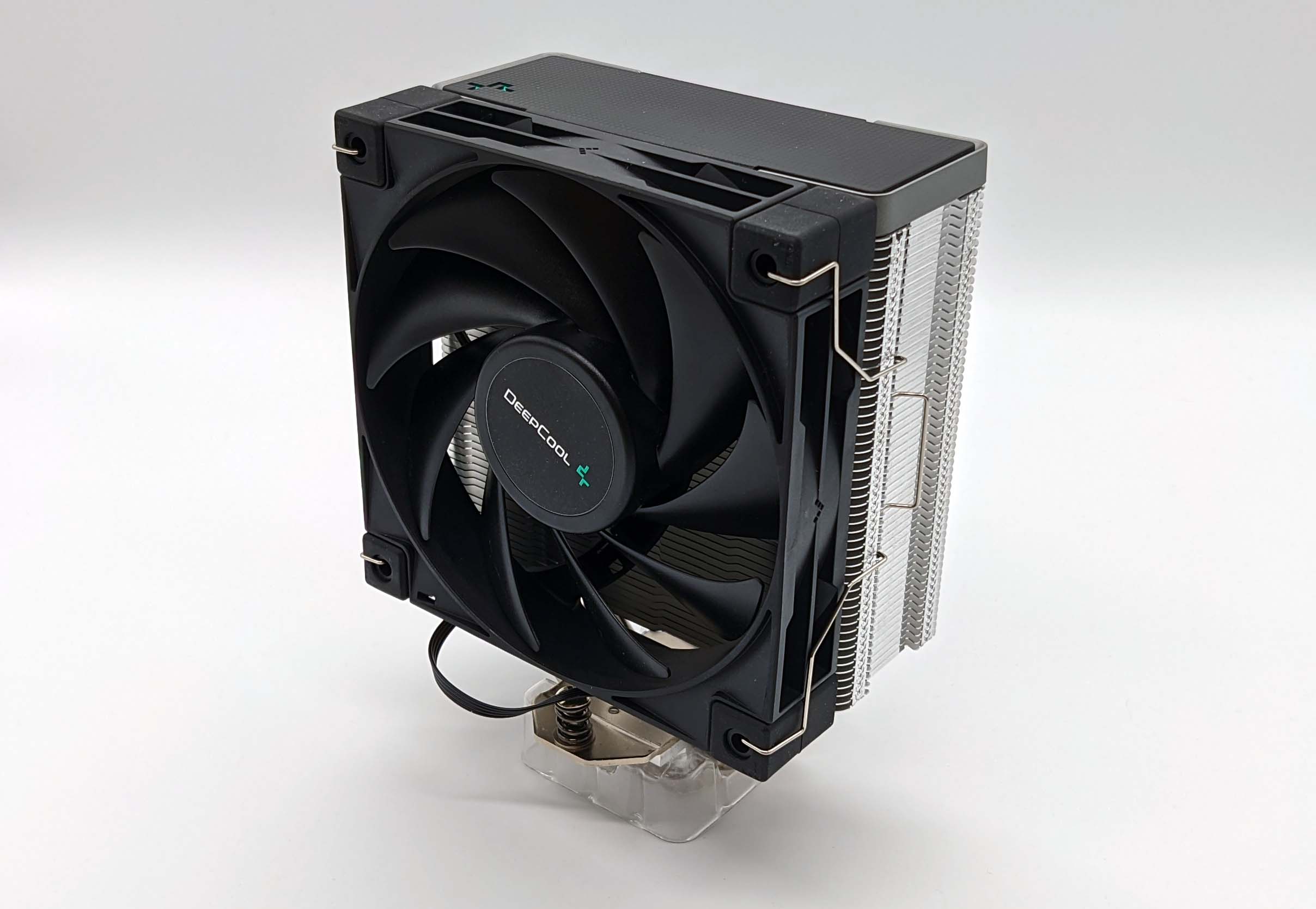Everything is great at Intel’s Ponte Vecchio – supercomputer GPU with super power consumption needs a super cooler | Exclusive
Not so long ago Intel presented one of the world’s largest chips and the picture that emerges from all previous publications is quite overwhelming. Intel’s Xe HPC 2-Tile (PVC) GPU uses a mixture of Intel’s 7 nm, Intel 10 nm ESF and TSMC’s 7 nm (or 5 nm) process technology, which is combined in Foveros 3D packaging. The Intel Xe HPC 2-Tile package shown by Intel’s chief architect Raja Koduri (which is pretty much the same as the Ponte Vecchio GPU in its early stages) is sure to be an absolute marvel in terms of the technology used. However, vast amounts of electrical energy are also converted into heat, but more on that in a moment.
Let’s briefly summarize again what we already know. The graphic above shows EMIB in action together with Fovero’s 3D packaging. You can also see the promised mix-and-match philosophy with parts from TSMC and new features such as Rambo Cache (thanks also to Usman Pirzada for all the details). Since this package is based on Intel’s 3D Foveros technology, a lot is still covered and hidden and as long as you don’t get a detailed 3D diagram with the individual layers, the complexity of the package can only be guessed at. Just like the enormous power consumption.
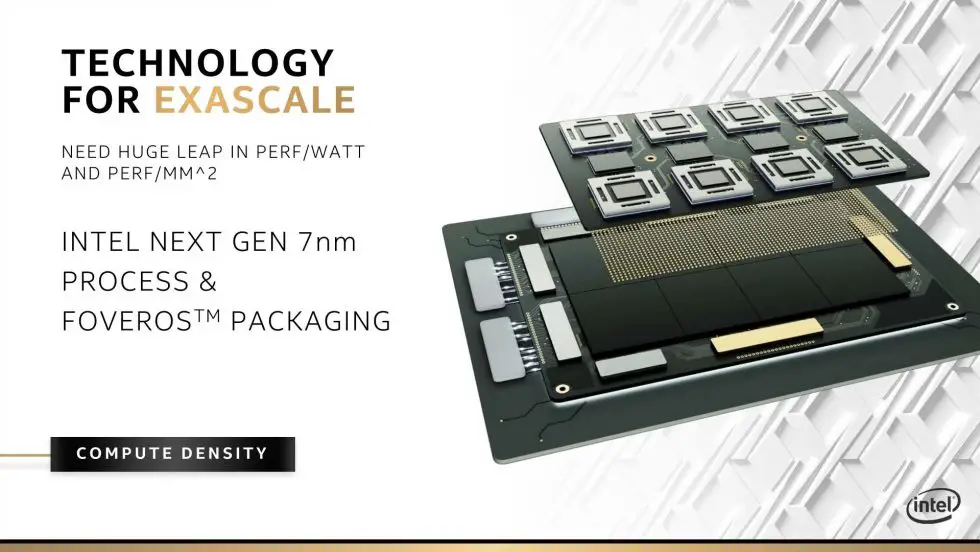
But how do you cool such a monster?
In order to investigate this question, I have obtained some Exclusive Information. Ponte Vecchio is designed as an OAM module. The OCP Accelerator Module (OAM) specification defines an Open Hardware Compute Accelerator Module form factor and its interconnects. The whole thing can of course only be cooled sensibly with water, because one speaks of up to 600 watts per module (or a little more).
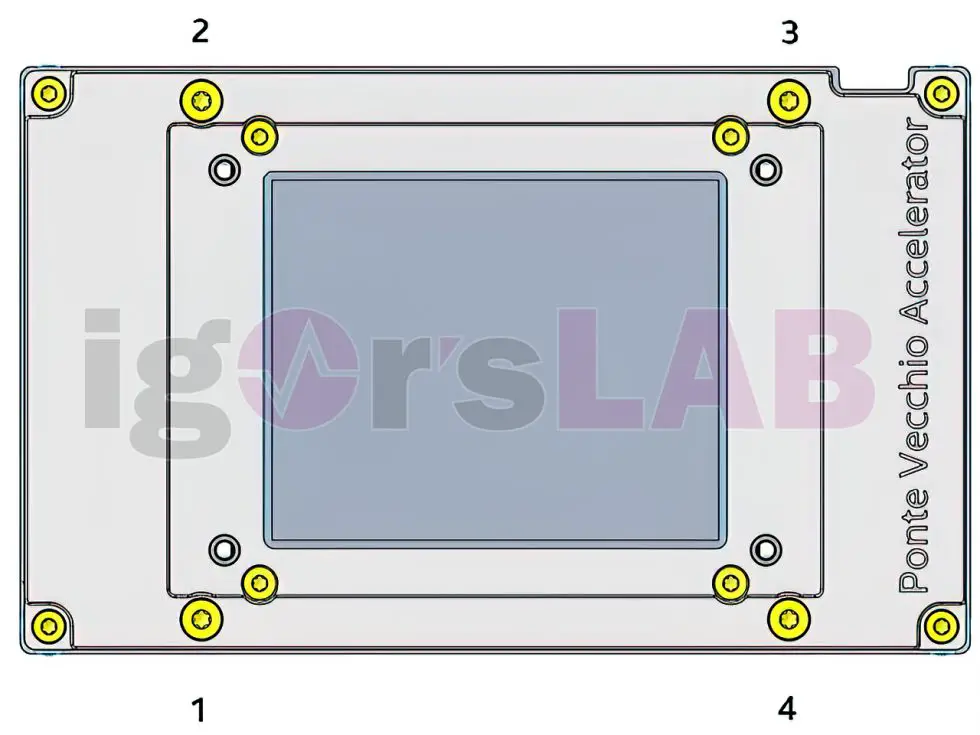
The exclusive construction drawing below illustrates once again the enormous size of the package and the exact dimensions of the mounting kit, from which one can also infer the package itself.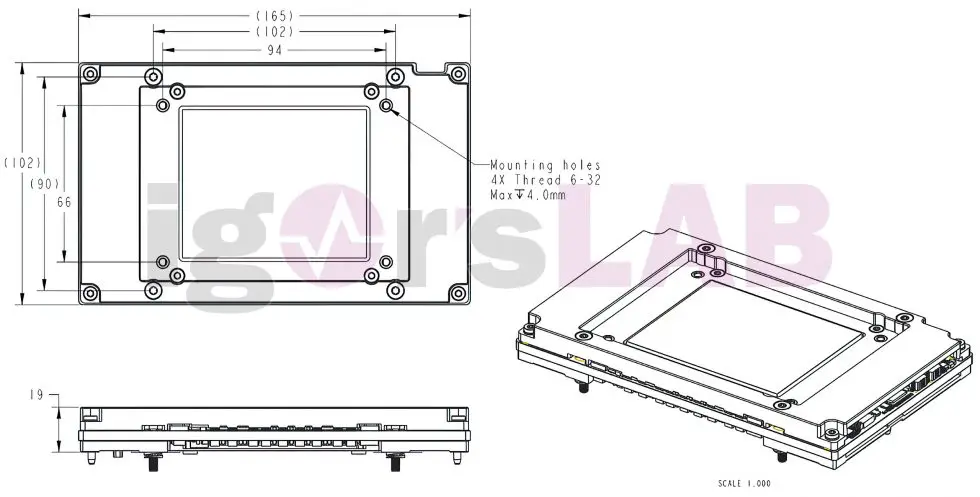
The next graphic shows the composition of the bottom plate (below), the PCB of the OAM module (middle) and the cover (top plate, above). You can also see very clearly the necessary leave-out areas for the active and passive components of the OAM and the recess for the cold plate on the GPU.
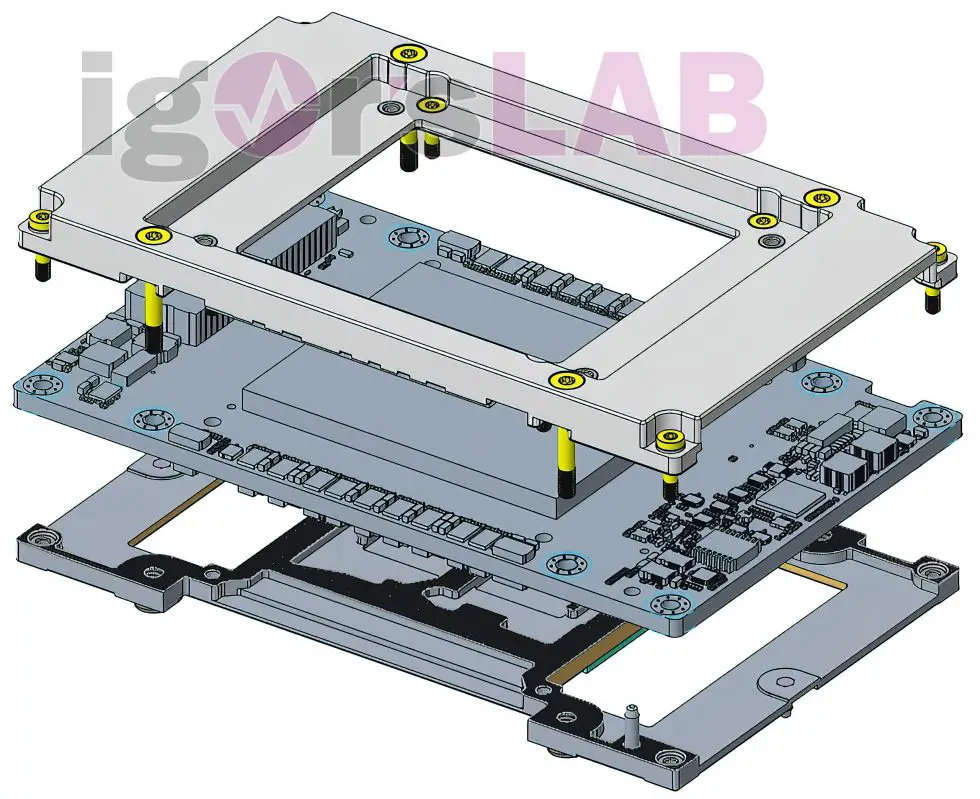
Finally, I now have the complete composition of such a unit including the cold plate and the retention plate as a topping.
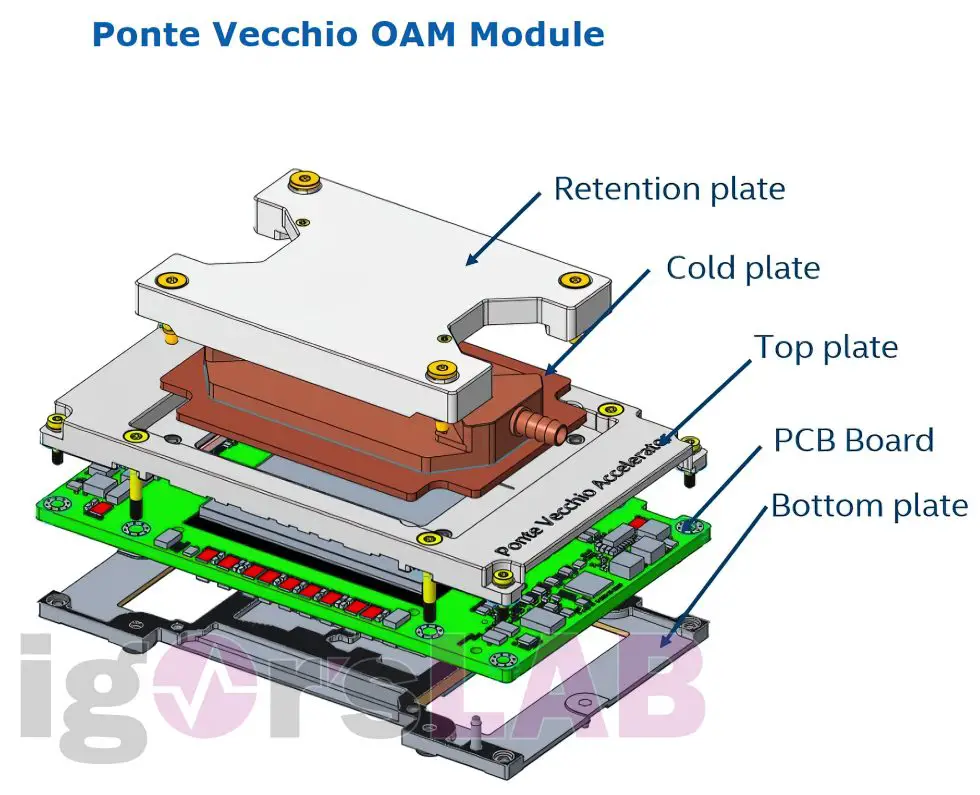
When exactly the whole thing will actually work remains to be clarified. As chief architect, Raja Koduri is now a little under pressure and pressure to succeed. So let’s be surprised, the part with the cooling from the Intel documentation looks at least very plausible.





